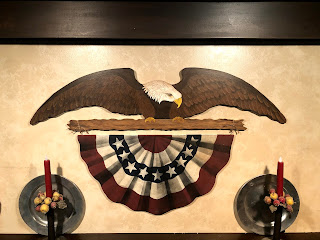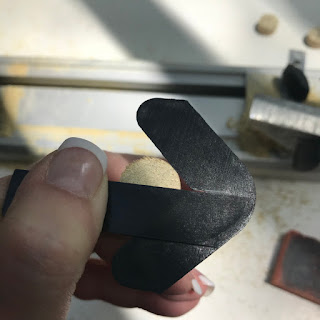Burn wires are easy to make and use, and can add a great design detail to woodturning projects.
Supplies and equipment that you'll need:
- Proxxon Bench Drill Press TBM 115
- Proxxon MICRO Bandsaw MBS/E
- Scrap wood or dowel rod
- Variety of wire
Here's how to make a Burn Wire
- You'll need one length of wire 12" to 15" long, and two handles.
- Using the bandsaw, cut two scraps piece of wood each measuring about 3½" long x 2" high x 1" thick for the handles. I'm using a 5/8" dowel rod into two 3½" lengths.
- Measure and mark the center point. Use the bench drill press to drill a hole for the wire at the mark.
- Feed the wire through the hole.
- Twist the wire to secure it in place. Repeat with the second handle.
- Here's the finished burn wire.
How to use the burn wire:
- Turn a swallow groove on your piece with the point of a skew tool or parting tool. The size of the groove should match the size of the burn wire.
- While your piece is mounted on the lathe and the lathe if turned off, pass one handle under the work.
- Align the wire in the appropriate groove, and gently pull on the handles to snug the wire against the piece.
- Turn on the lathe, still maintaining tension on the burn wire. The friction from the wire against the wood "burns" a ring into the wood. Stop when it begins to smoke.
 |
| Carole |
























































